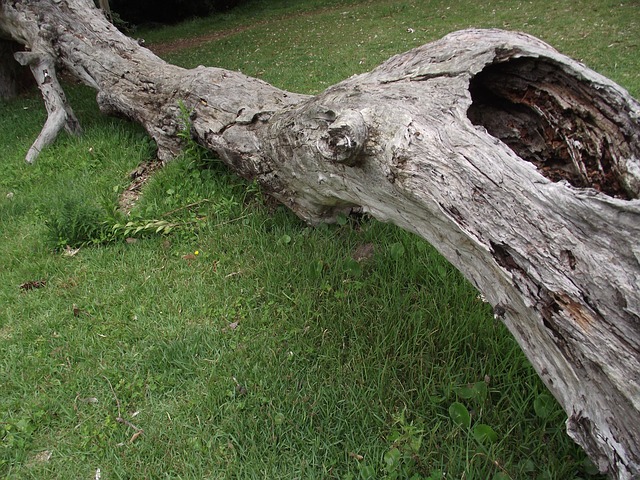

If you are looking for answers to questions such as “Who is responsible for right of way maintenance?”, “Can a landowner block a right of way?”, “What is residential right of way?”, “Can a right of way be removed?”, “Who owns right-of-way property?”, or you want to start from the beginning and learning about right of way easement maintenance, this post aims to provide some clarity with understanding how a party would be responsible for taking care of the land on real property.
Our attorneys constantly deal with easement disputes of many types. One issue that comes up from time to time is whose responsibility it is to maintain an easement.
The short answer is – the owner of the easement is responsible for maintaining the easement.
In other words, if you have an easement that allows you to use a portion of another person’s or company’s land, then it is your responsibility to maintain the easement – it is not the responsibility of the servient tenement (the person whose land is burdened by the easement).
In fact, the owner of an easement has the right and obligation to maintain the easement. Moreover, they have a duty to keep in the easement in a safe condition to prevent injury to third persons using the easement.
ALSO READ Does a Prescriptive Easement Transfer with the Sale of the PropertyBecause of this maintenance obligation and duty, the easement owner also has an implied right of entry to maintain the easement. Indeed, the easement owner can enter the servient tenement to the extent that it is necessary to perform acts of repair. Durfee v. Garvey (1889) 78 Cal. 546, 551.
If the easement is owned by more than one person, or is attached parcels of land under different ownership, each owner must share in the cost of maintaining the easement pursuant to their agreement.
If there is no agreement in place, each owner is responsible for their proportionate share of the cost based on their use. In the event an easement owner refuses to contribute as required, Civil Code section 845 controls.
Specifically, pursuant to Civil Code section 845, if any owner refuses to perform, or fails after a demand in writing to pay their share of the cost, the other owner or owners may bring an action against the defaulting owner to force them to comply by suing for specific performance or contribution.
A servient tenement can also bring a claim against the defaulting dominant tenement for contribution or specific performance.
The lawsuit to enforce maintenance duties may occur before, during or after the work is performed. In the absence of any agreement addressing the maintenance of the easement, the owner seeking contribution or specific performance should file the lawsuit in a court located in the same county in which the easement is located.
ALSO READ Joe Montana Lawsuit Versus San Francisco for Property DamagesIf the owner’s share of the cost does not exceed the jurisdictional limit of the small claims court, the action may be brought in small claims court. This is true only to the extent that you are suing for contribution. If you are suing in equity – for specific performance, then the action must be maintained as an unlimited action.
In Los Angeles, the jurisdictional limit for small claims is less than or equal to $10,000. If the share of the cost exceeds the jurisdictional limit of the small claims court, the action shall be filed in superior court and may be subject to judicial arbitration if the amount in controversy is $50,000 or less.
However, nothing prevents the parties from engaging in alternative dispute resolution to try and resolve the dispute.
The law in California regarding the use of easements, maintenance of easements and the creation of various types of easements is quite complex and well litigated. To inquire about a free 30-minute consultation on your easement matter, please contact our attorneys today. You can call 310-954-1877 to schedule a consult. To see if you qualify for a free 30-minute consultation regarding your matter, please contact us by phone, or send us a message through our contact form.